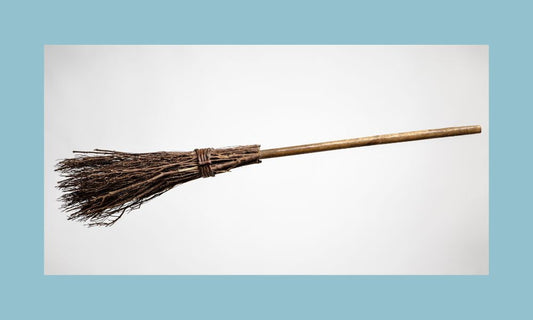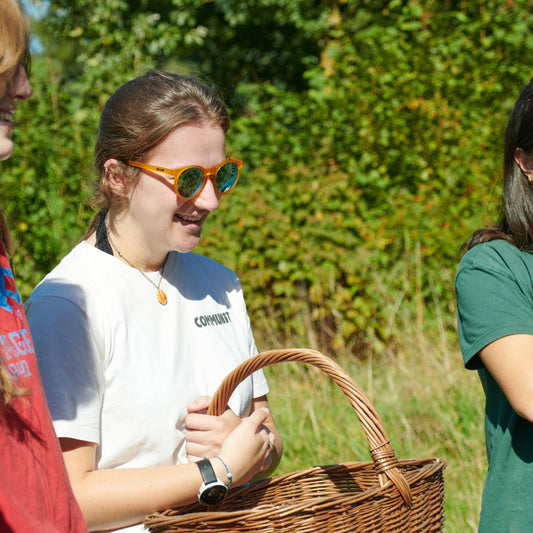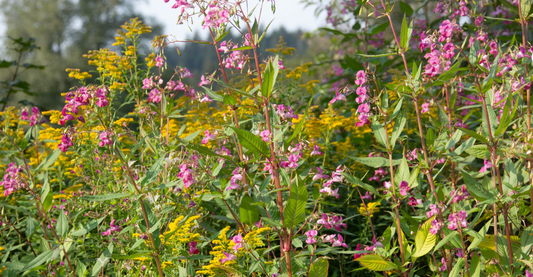Self-Sufficiency Skills and Wild Food Foraging Blog

A Guide to Peg Loom Weaving with Raw Sheep Fleece
A Guide to Peg Loom Weaving with Raw Sheep Fleece Peg Loom Weaving: How to Turn Raw Fleece into a Rug Are you looking for a textile craft that is...
A Guide to Peg Loom Weaving with Raw Sheep Fleece
A Guide to Peg Loom Weaving with Raw Sheep Fleece Peg Loom Weaving: How to Turn Raw Fleece into a Rug Are you looking for a textile craft that is...

Childrens Parties in York - A Sustainable Option.
Tired of the Same Old Childrens Party Ideas? Discover Sustainable and Original Children’s Parties in York! Finding the Perfect Children's Party in York: The Modern Dilemma Planning a birthday celebration...
Childrens Parties in York - A Sustainable Option.
Tired of the Same Old Childrens Party Ideas? Discover Sustainable and Original Children’s Parties in York! Finding the Perfect Children's Party in York: The Modern Dilemma Planning a birthday celebration...

Sixtieth Birthday Ideas for Yorkshire Women
Sixtieth Birthday Ideas for Yorkshire Women: Ditch the Dinner Party and Plan a Unique Experience Turning sixty is a milestone that deserves a celebration as unique and vibrant as the...
Sixtieth Birthday Ideas for Yorkshire Women
Sixtieth Birthday Ideas for Yorkshire Women: Ditch the Dinner Party and Plan a Unique Experience Turning sixty is a milestone that deserves a celebration as unique and vibrant as the...

How To Make a Broomstick?
Brooms can be made from the natural materials around you. For a handle choose a straight length of ash, chestnut or hazel about five feet long and about 1.5 inch...
How To Make a Broomstick?
Brooms can be made from the natural materials around you. For a handle choose a straight length of ash, chestnut or hazel about five feet long and about 1.5 inch...

Foraging and the Law: Protected Plants You Can’...
The legal landscape for foragers regarding conservation is quite interesting and often overlooked by well-meaning, environmentally conscious wild food gatherers :) In the next two blogs I will consider the...
Foraging and the Law: Protected Plants You Can’...
The legal landscape for foragers regarding conservation is quite interesting and often overlooked by well-meaning, environmentally conscious wild food gatherers :) In the next two blogs I will consider the...

Foraging Legally: How to Avoid Spreading Invasi...
It’s quite common for foragers to want to take seeds or entire plants home to grow their own wild food, which is totally understandable. However, if those plants are deemed...
Foraging Legally: How to Avoid Spreading Invasi...
It’s quite common for foragers to want to take seeds or entire plants home to grow their own wild food, which is totally understandable. However, if those plants are deemed...
